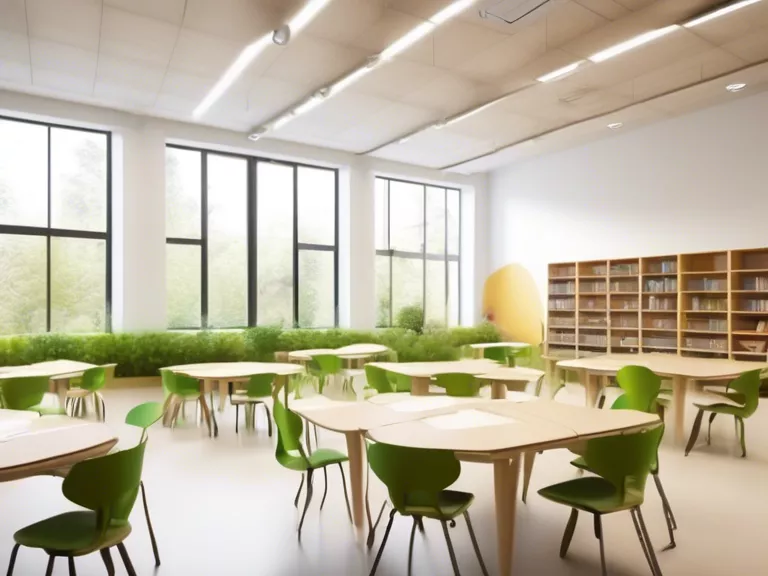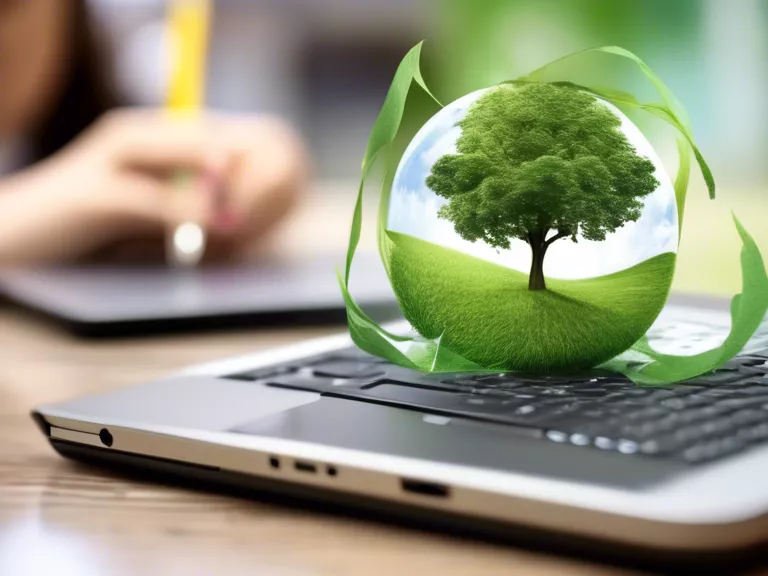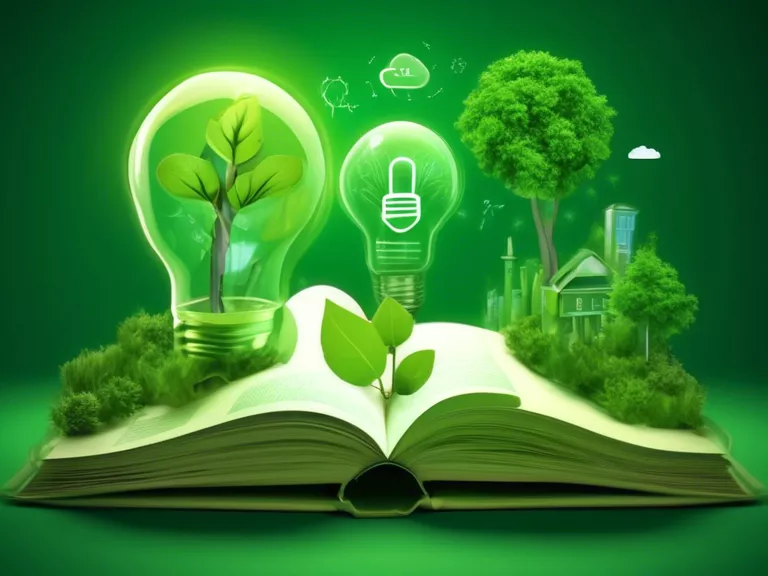
Introduction
In today's world, sustainability and environmental consciousness are more important than ever. One area where these principles can be applied is in modern classrooms. By implementing eco-friendly solutions, schools can reduce their carbon footprint, save money, and create a healthier learning environment for students. In this article, we will explore various strategies and technologies that can make classrooms more environmentally friendly.
Energy-Efficient Lighting
One simple yet effective way to make classrooms more eco-friendly is by using energy-efficient lighting. LED lights consume significantly less energy than traditional incandescent bulbs, leading to lower electricity bills and reduced greenhouse gas emissions. Additionally, LED lights have a longer lifespan, reducing the frequency of replacements and waste generation.
Natural Light and Ventilation
Maximizing natural light and ventilation in classrooms can also contribute to a more sustainable learning environment. By strategically placing windows and skylights, schools can reduce the need for artificial lighting and cooling systems. Natural light not only saves energy but also has been shown to improve student focus and productivity.
Sustainable Furniture and Materials
Choosing sustainable furniture and materials for classrooms is another crucial aspect of creating an eco-friendly space. Opt for furniture made from recycled or reclaimed materials, such as desks and chairs crafted from recycled plastic or wood. Additionally, select non-toxic and low-VOC (volatile organic compound) materials for paints, adhesives, and flooring to improve indoor air quality.
Recycling and Waste Management
Implementing a robust recycling and waste management program is essential for maintaining an eco-friendly classroom. Provide clearly labeled recycling bins for paper, plastic, glass, and other materials to encourage students and staff to recycle properly. Educate students about the importance of recycling and composting to reduce waste and promote sustainability.
Green Technology Integration
Integrating green technologies into classrooms can significantly enhance their eco-friendliness. Consider installing solar panels on the roof to generate clean energy, or utilize smart thermostats and sensors to optimize heating and cooling systems for energy efficiency. Furthermore, digital tools and devices can reduce paper usage and promote a more sustainable learning environment.
Outdoor Learning Spaces
Creating outdoor learning spaces can offer numerous benefits for both students and the environment. Outdoor classrooms provide opportunities for hands-on learning, connection with nature, and physical activity. By incorporating greenery, gardens, and sustainable landscaping practices, schools can enhance biodiversity, promote environmental awareness, and improve air quality.
Conclusion
Incorporating eco-friendly solutions into modern classrooms is not only beneficial for the environment but also for the well-being and academic performance of students. By adopting energy-efficient lighting, maximizing natural light and ventilation, using sustainable furniture and materials, implementing recycling programs, integrating green technologies, and creating outdoor learning spaces, schools can create healthier, more sustainable learning environments for the next generation. Embracing eco-friendly practices in classrooms is a small yet impactful step towards a greener future.

